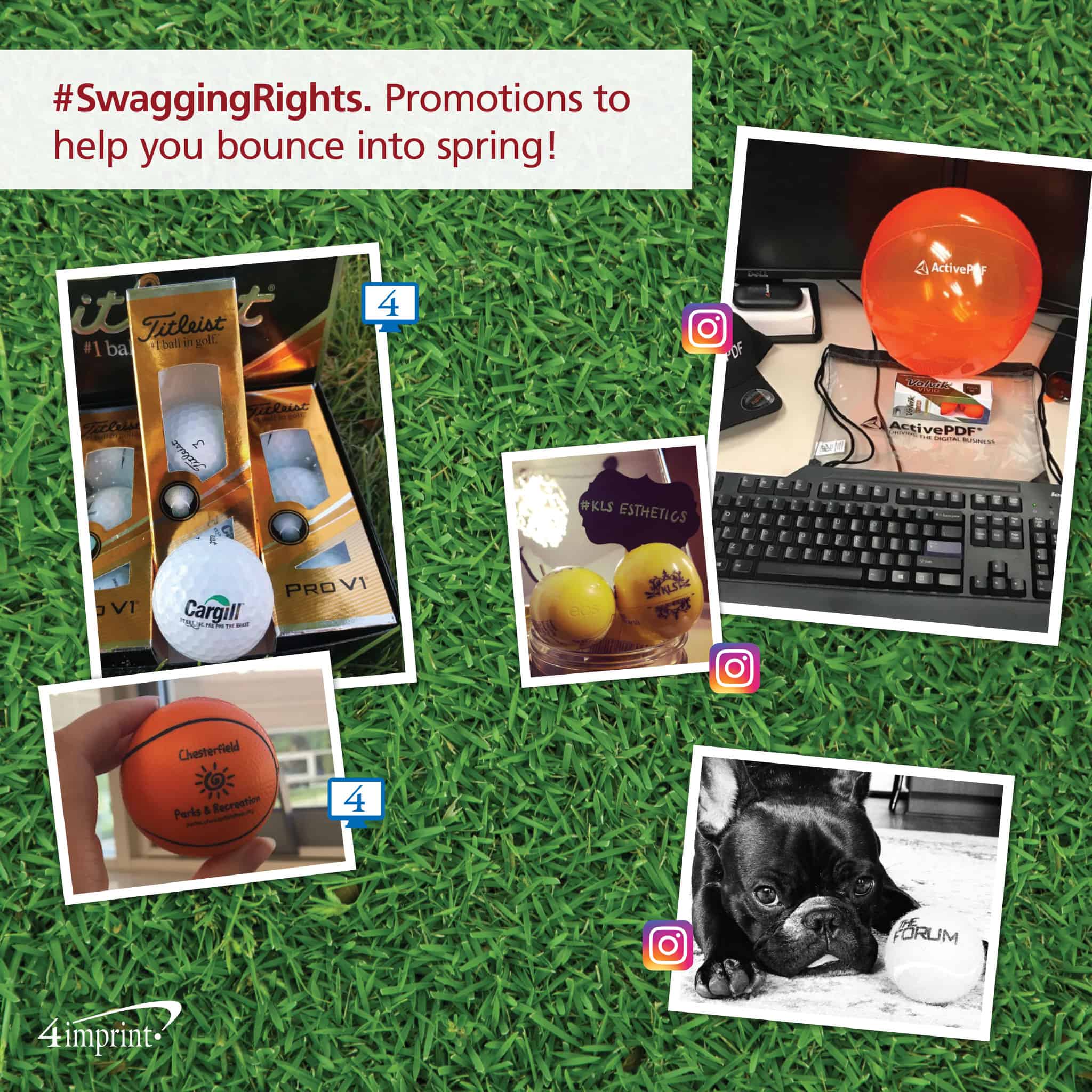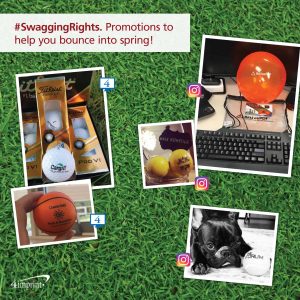
Lean in to listen
Marie Ackerman can attest to the power of effective listening.
Ackerman is a seminar coordinator for St. Louis, Mo.-based FEFA, which helps federal employees plan for retirement. At a weeklong all-employee training session, presenters spent a significant amount of time teaching people how to talk to customers. And more importantly, how to listen. “We do a lot of talking on the phone, so a lot of what we were learning was about how to proceed with the first call, the second call, the third call and so on,” Ackerman said.
The training and team-building gifts they received during that week have already generated rewards for the company.
“The months following the training were some of the company’s most successful,” Ackerman stated.
Levels of listening
FEFA isn’t the only company seeing the power of effective listening. A recent 4imprint study on team-building and training giveaways showed that effective listening is one of the most common team-training topics.
And that makes a lot of sense, since effective listening can have a powerful effect on employee-customer relationships. How powerful? One study showed that 74 percent of buyers were more likely to purchase from salespeople who listened more than they talked.

Those successful salespeople probably understand the levels of listening and how they affect communication:
- Listening to speak: The listener concentrates more on what they are going to say rather than focusing on what the other person is saying.
- Listening to hear: The listener is highly interested in the topic or speaker and is focused on the words being spoken.
- Listening to understand: The listener is not just focused on the words but also the meaning behind the words and how they’re being conveyed via body language and tone of voice.
The employees at FEFA know that fully understanding what their customers need is the best way to assist them with their retirement process.
“You have to really know the client to guide them and understand what’s best for them and what they want to do,” said Marie Ackerman.
“Do they want to travel? How old are they now and when are they thinking about retiring?” Understanding the nuances of their clients’ needs allows the company to provide quality customer service.
How to listen effectively
Inc. magazine lays out a few simple steps on how to be a truly effective listener:
Focus your attention on the speaker
Eliminate all external (set down your phone) and internal (avoid planning your afternoon meeting) distractions. Show the speaker you’re focused on them by:
- Maintaining eye contact and leaning in.
- Encouraging the person to continue speaking with nods and affirmations.
- Listening without forming a response.
Interpret what they’re saying
Watching for nonverbal cues is essential to effective listening. Ninety percent of what people feel is revealed through tone of voice, body language and facial expressions.
Summarize to confirm understanding
Once the speaker is finished talking, repeat back to them your understanding of what they said. Draw attention to what their body language or tone of voice is telling you.
Understanding their clients even helped FEFA pick out the perfect training giveaways for employees to use in future customer meetings. Everyone at the training got a Heat Seal Bottom Gusset Tote filled with branded swag—the perfect gift to catch the eyes of clients.

Better listening for better businesses
FEFA’s first training was so successful that they plan to hold two sessions a year. “We learned a lot about how to talk to people on the phone, and that keeps people coming back to us,” Ackerman said. “Having company trainings at least twice a year helps all employees to excel in their careers as well as our company to grow more knowledgeable.”
Pairing effective listening skills with the right team-building gifts will help them attract and help customers for a long time to come.
Looking for more information about this topic? Email [email protected] with inquiries.











